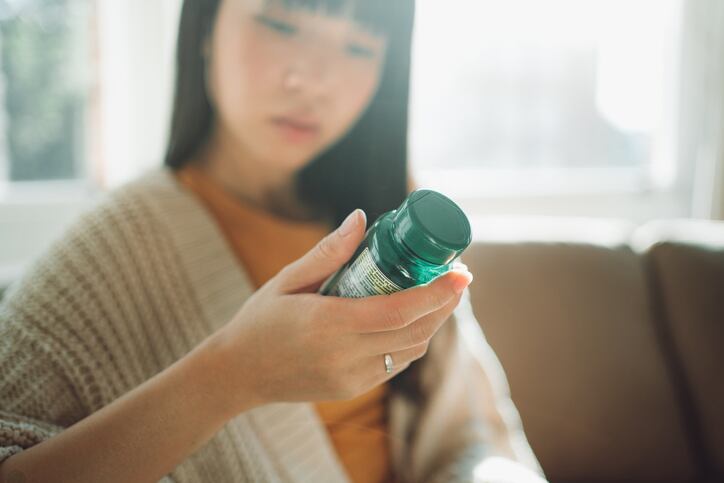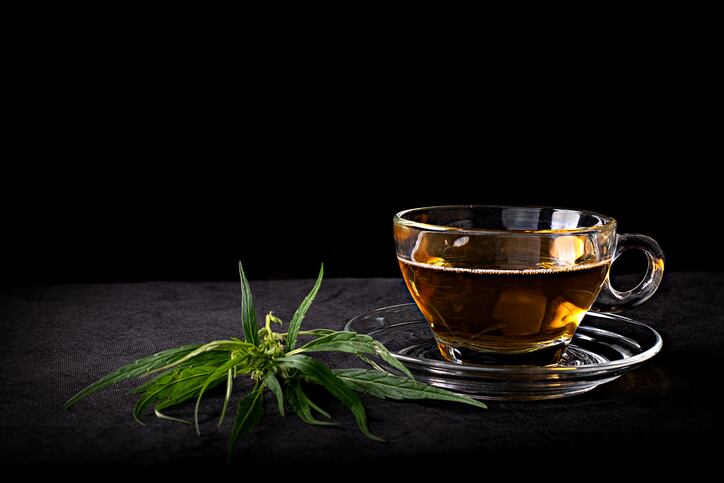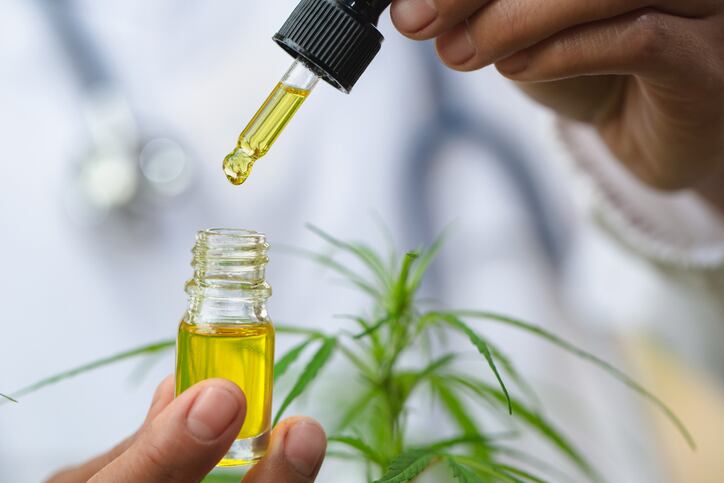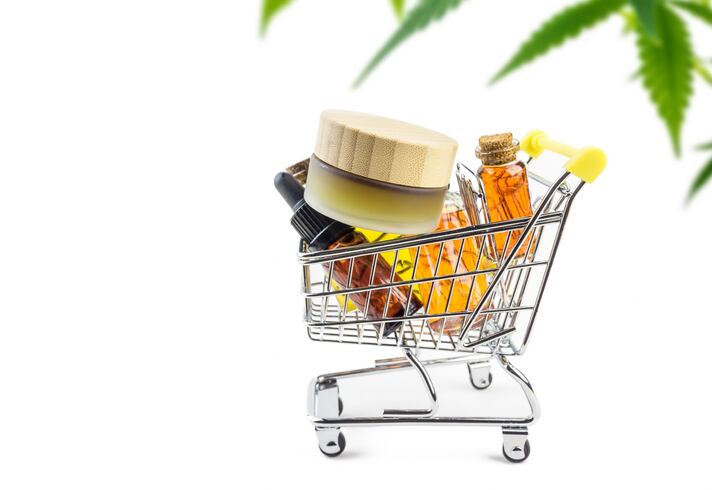Last year representatives Kurt Schrader (D-OR) and Morgan Griffith (R-VA) introduced the Hemp and Hemp-Derived CBD Consumer Protection & Market Stabilization Act. In February, Rep. Schrader re-introduced the bill, which aims to allow CBD and other hemp-derived products to lawfully be used in dietary supplements under the Federal Food, Drug and Cosmetic Act. This bill prioritizes consumer safety, requiring manufacturers to comply with existing federal regulations for dietary supplements and ensuring that products are properly labelled and prepared.
Standardization
CBD regulations would also help standardize safe amounts of CBD. Because consumers often reach for CBD for a multitude of effects, dosage depends on not only what benefit consumers are seeking, but also format, bioavailability and genetic factors such as microbiome health.
With no uniformity for dosing, Leafreport decided to ask consumers how they gauge CBD amounts. Via SurveyMonkey, the consumer watchdog group surveyed over a thousand individuals in the US. Those who hadn’t used CBD before were disqualified from the survey, leaving 721 participants remaining.
Key Findings
- 71% determined the dosage themselves without consulting a professional
- 26% do not check for CBD concentration when shopping for CBD products
- 22% do not check the dose before taking CBD
- 29% of CBD users consulted with a professional to determine dosage
- 48% tend to take the same dosage every time they consume CBD
- 31% use CBD for pain
- 26.5% use CBD for anxiety/stress
- 18% use CBD for sleep
- 12.5% use CBD for depression
- 31% use CBD daily
Leafreport noted that in many cases, CBD was being used to help with multiple conditions, such as depression and insomnia simultaneously.
Consumer preference
When it comes to format, the survey revealed that 35% of respondents favored CBD-infused gummies, edibles, and beverages. Just over a quarter reports that they prefer oils and tinctures, followed by topicals coming in at 14%, and capsules at 12%. Just 10% of users said they vaped their CBD.
When buying CBD, many respondents indicated they weren’t necessarily looking for products with super high concentrations of CBD. Thirty-two percent said they sought out products containing 500mg-1000mg of CBD, 28% looked for products with less than 500 mg, 26% admitted that they didn’t check for CBD concentration, 9% desired products containing 1001-2500mg, and 5% sought potent CBD products with more than 2500 mg.
Dosage
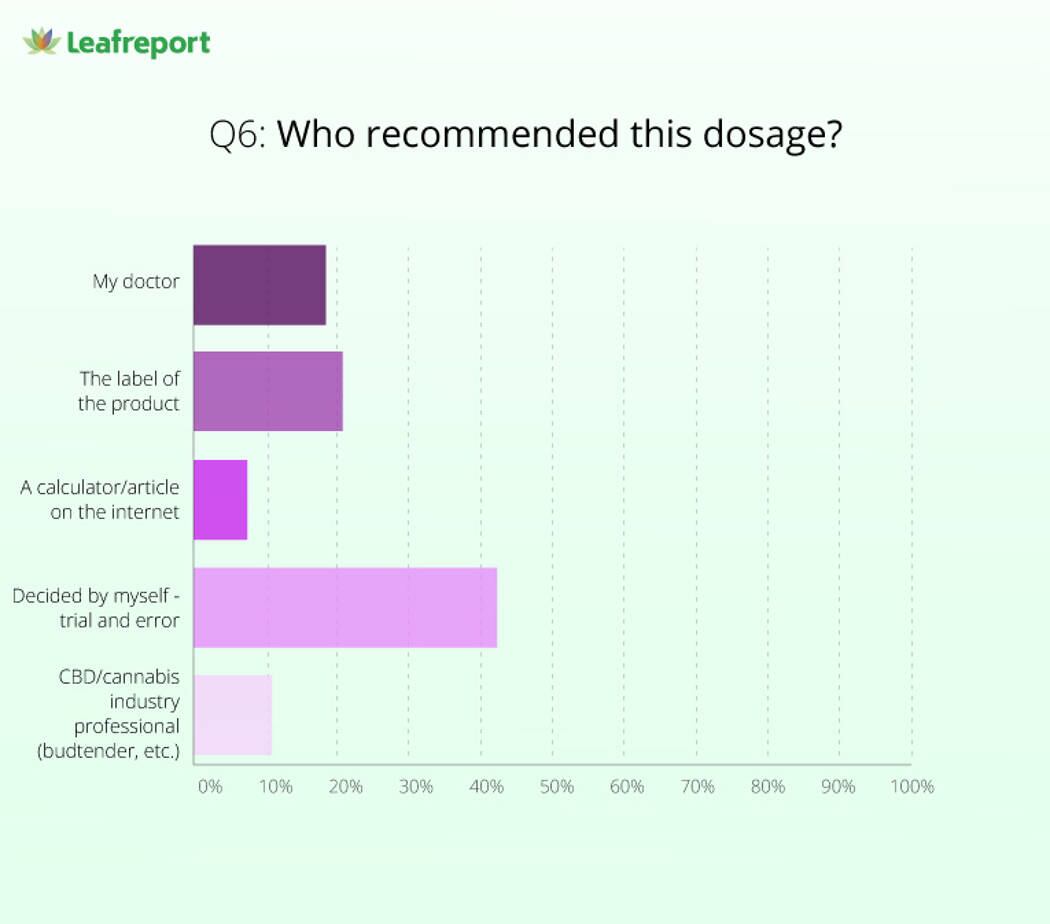
Not surprisingly, dosage was all over the map, with 26% of respondents reporting that they take 5-10 mg and 22% admitting they didn’t know how much they take because they didn’t check the dose.
About 17% of respondents said they took 10-20 mg, while 13% took less than 5 mg. 11% of the respondents took 20-40 mg, and a further 4% took 40-70 milligrams. Another 4% took more than 100 mg each time and 3% took 70-100 mg.
When asked who recommended this dosage, 42% said they determined the dosage themselves based on trial and error. Just over 20% reported that they followed the dosage guidelines on the product.
Some respondents did seek out an expert, with 18% consulting, 11% discussing dosage with a cannabis industry professional and 8% either researching online or using a dosage calculator.
Satisfaction
A majority (57%) of respondents indicated that they were satisfied with the dose, while 17% said they were not happy and had increased the dosage over time, followed by 16% who are still looking to achieve the right dosage and 10% actually decreased the dosage because the effects were too strong.
Due to the lack of standardized safe amounts of CBD, Leafreport created a dosing guide and recommends consumers take the “start low, go slow” approach.

